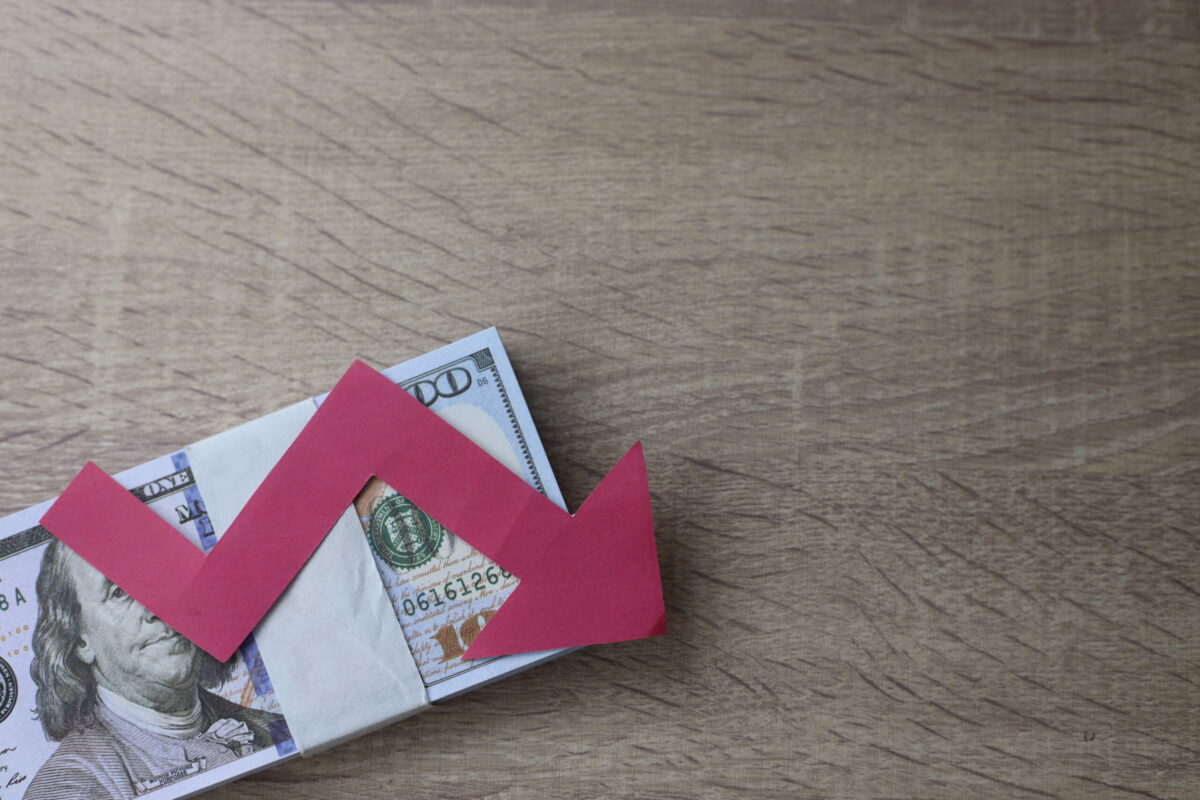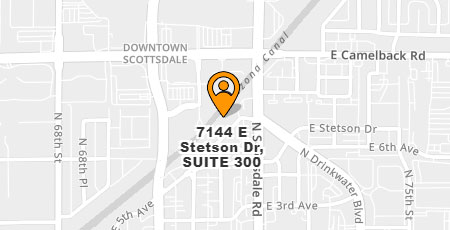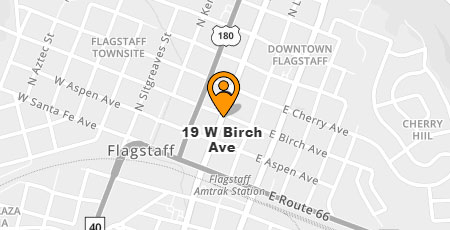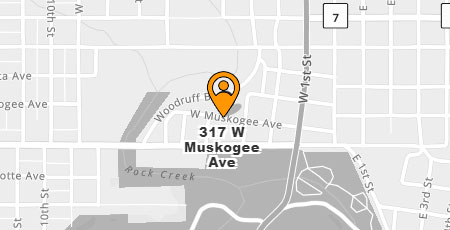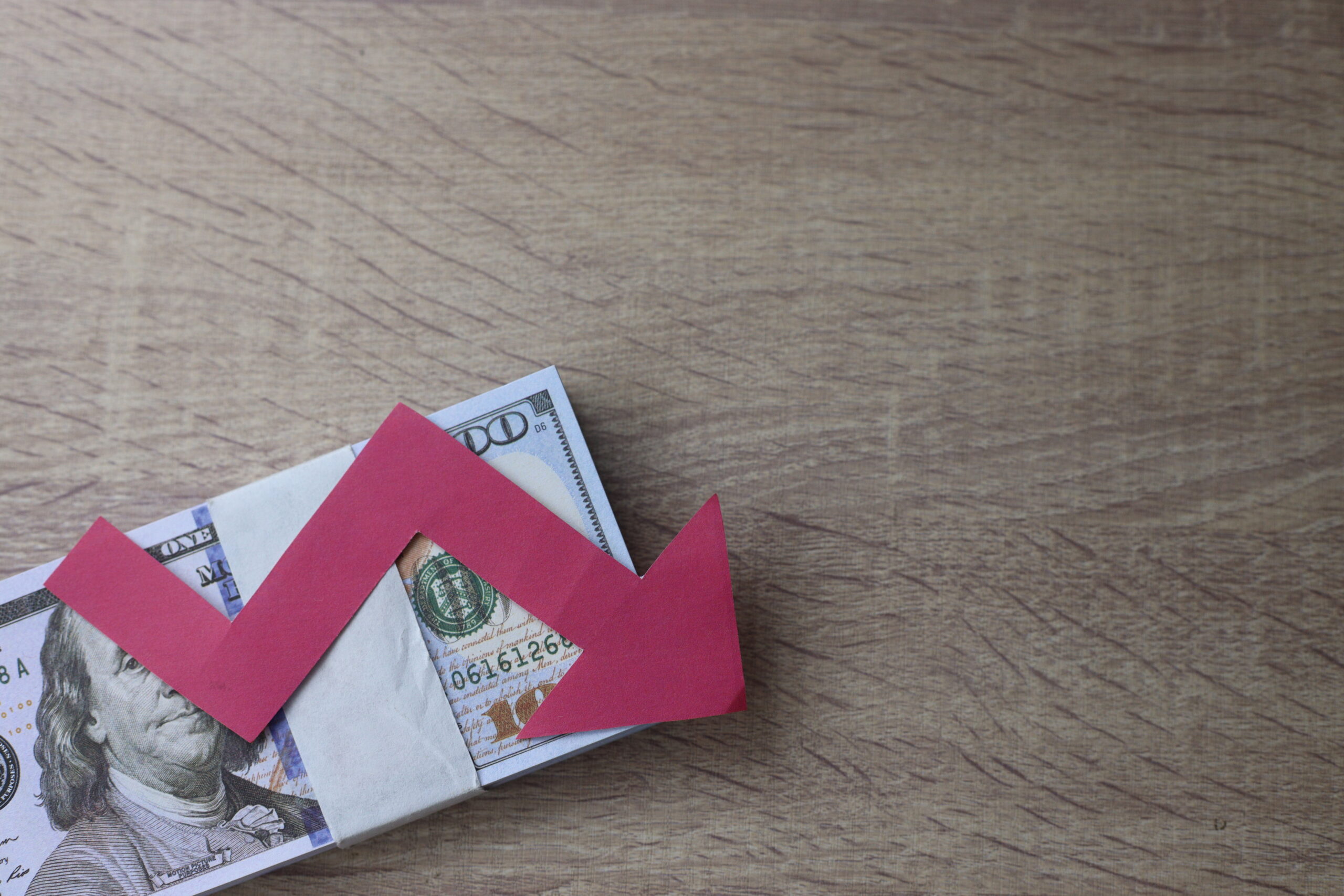
By Hanna Ziady | CNN
London (CNN) — Silicon Valley Bank collapsed with astounding speed on Friday. Investors are now on edge about whether its demise could spark a broader banking meltdown.
The US federal government has stepped in to guarantee customer deposits, but SVB’s downfall continues to reverberate across global financial markets. The government has also shut down Signature Bank, a regional bank that was teetering on the brink of collapse, and guaranteed its deposits.
In a sign of how seriously officials are taking the SVB failure, US President Joe Biden told Americans Monday that they “can rest assured that our banking system is safe,” adding: “We will do whatever is needed on top of all this.”
Here’s what you need to know about the biggest US bank failure since the global financial crisis.
What is Silicon Valley Bank?
Established in 1983, Silicon Valley Bank was, just before collapsing, America’s 16th largest commercial bank. It provided banking services to nearly half of all US venture-backed technology and life science companies.
It also has operations in Canada, China, Denmark, Germany, Ireland, Israel, Sweden and the United Kingdom.
SVB benefited hugely from the tech sector’s explosive growth in recent years, fueled by ultra-low borrowing costs and a pandemic-induced boom in demand for digital services.
The bank’s assets, which include loans, more than tripled from $71 billion at the end of 2019 to a peak of $220 billion at the end of March 2022, according to financial statements. Deposits ballooned from $62 billion to $198 billion over that period, as thousands of tech startups parked their cash at the lender. Its global headcount more than doubled.
Why did it collapse?
SVB’s collapse came suddenly, following a frenetic 48 hours during which customers yanked deposits from the lender in a classic run on the bank.
But the root of its demise goes back several years. Like many other banks, SVB ploughed billions into US government bonds during the era of near-zero interest rates.
What seemed like a safe bet quickly came unstuck, as the Federal Reserve hiked interest rates aggressively to tame inflation.
When interest rates rise, bond prices fall, so the jump in rates eroded the value of SVB’s bond portfolio. The portfolio was yielding an average 1.79% return last week, far below the 10-year Treasury yield of around 3.9%, Reuters reported.
“Any monies in excess of $250K is considered uninsured deposits. The uninsured deposits along with certain other obligations of SVB will remain obligations of the receivership estate, and these will be paid if and when there are any funds available from the sale of SVB’s assets. Those wondering – SVB does have assets, which are now up for grabs.”
Shruti Gurudanti, Rose Law Group partner and director of corporate transactions

